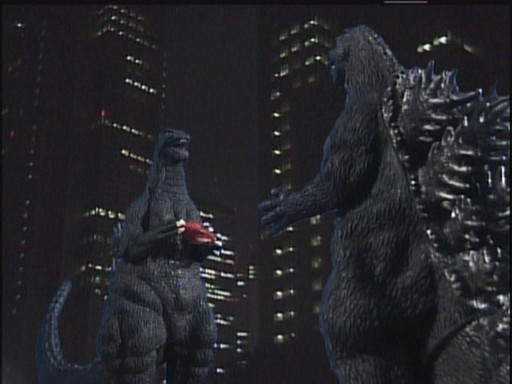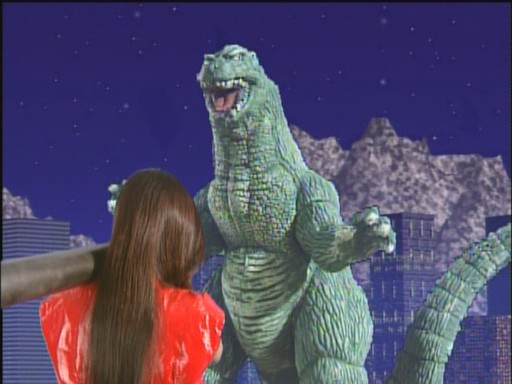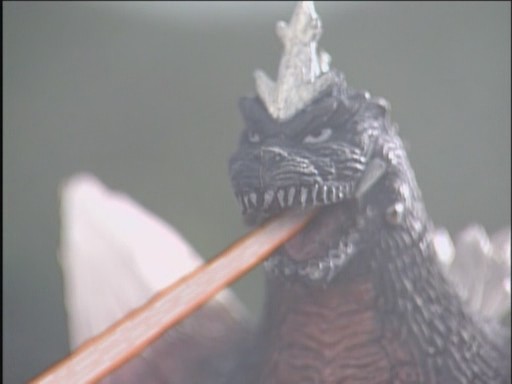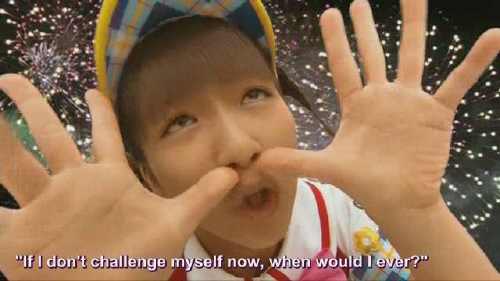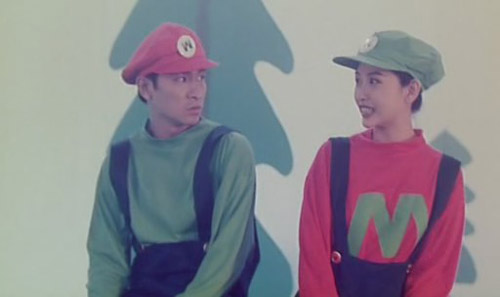Godzilla Island – Story Arc 4

1997![]()

Directed by Shun Mizutani

Godzilla has several TV shows throughout his history. In this year’s March of Godzilla, we will be cataloging one such show, Godzilla Island. Godzilla Island was a series of three minute episodes that ran from October 6, 1997, until September 30, 1998. 256 episodes were created, using a combination of toys and stock footage to bring the characters to life. Throw in some characters acting in front of a blue screen and a basketball-shaped annoying robot, and you got Godzilla Island in a nutshell. One advantage to the toymation approach of monster effects is it allows the appearance of all sorts of kaiju from all over G-history. Multiple Jet Jaguars! All sorts of one-shot characters pop up over the course of the series. But as this was created around 1997, no one from the Millennium series of films is present.

Set in the year 2097, where most kaiju live on an island in the Pacific Ocean. Godzilla Island. I guess, I’m not sure if they give it an actual name, since they speak this Japanese language all the time. Anyway, Godzilla Island soon becomes a center of activity for alien invasions left and right. Aliens being the evil Xilien aliens, as seen in Godzilla vs. Monster Zero. The one individual seen even dresses like them, although she doesn’t follow the contention that all females of the species look identical to Kumi Mizuno. Godzilla Island is governed by the Godzilla-Guard, aka G-Guard, which is staffed by one guy and a robot. The G-Guard Commander is less than capable in dealing with invading monsters and aliens, but luckily he is joined by mysterious young girl Torema, who has a powerful space ship and psychic powers.
According to the credits, the series was directed by Shun Mizutani and written by Takahiko Masuda. With music by The Edge. I guess U2’s The Edge, unless there is another The Edge running around, in which case I must bang my head on the desk. We’ll run through the episodes in order broken up by story arcs. Some stories are only a few episodes long, and some last close to twenty. Each episode ends with “tsuzuku” which basically means “to be continued.” So tsuzuku will be our catchphrase of the series. If you missed this paragraph you’ll probably be very confused, as we will probably type tsuzuku more than Godzilla in these articles.

Podcast: Play in new window | Download




